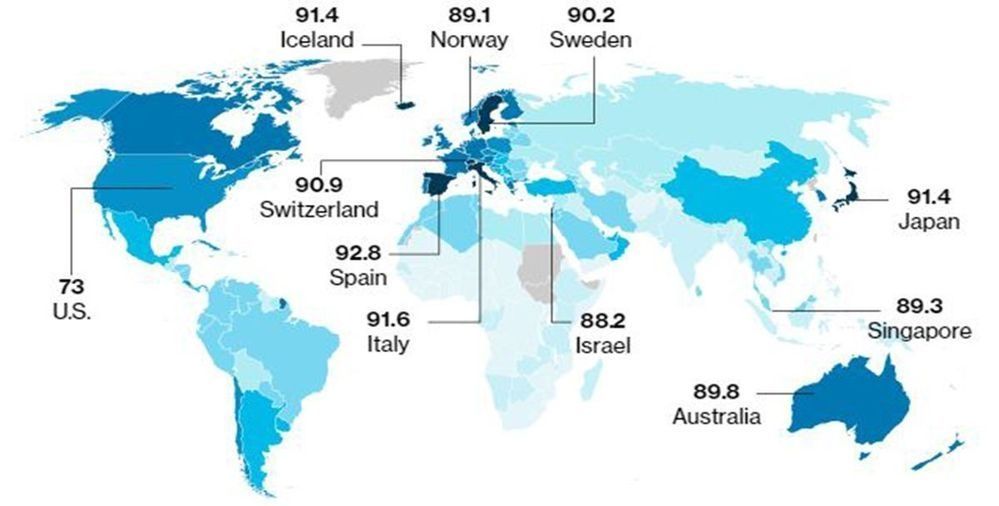Forget the past.
However, a study from Berkley University suggests that entering a specific black hole in the universe can actually erase everything that had happened in a person’s past. Not only that, it could also give humans infinite futures!
But, how is that even possible?
According to NASA, “a black hole is a place in space where gravity pulls so much that even light can not get out. The gravity is so strong because the matter has been squeezed into a tiny space. This can happen when a star is dying.” In fact, indy100 mentioned in their article that, physicists have created a theoretical term called “cosmic censorship” to further explain the clash between the rules of the universe and the lawlessness of black holes. While it’s possible to survive a black hole, you should also keep in mind that it has the ability to “spaghettify” you.








